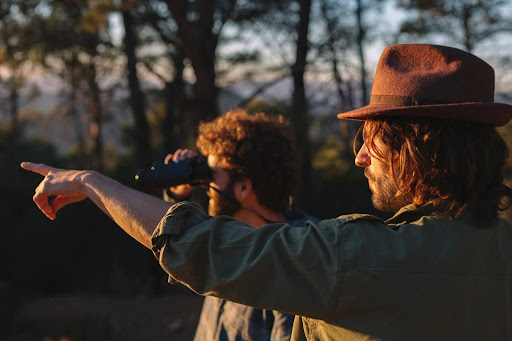Well, you are not hearing the word ‘wildlife conservation for the first time. In simple words, wildlife conservation is the preservation and protection of animals, plants, and their natural habitat. When we conserve wildlife, we ensure that future generations can enjoy our natural world, and watch the species that live within it. To help protect wildlife, it is important to understand how species interact with their ecosystems, and how they are affected by environmental and human influences.
Phenology
Animals and plants have life events occurring like clockwork every year. Birds can migrate, mammals may hibernate, flowers bloom, and leaves change their colors. The study of the biological world times these natural events is called phenology. Scientists now understand that animals and plants take their cues from their local climate. Climate is impacted by non-biological factors- temperature, precipitation, and available sunlight. Species use the predictable yearly changes in the climate to determine when they start natural events such as flowering or breeding.
All these changes are also observed in Tobermory Ontario. Our own Bruce Peninsula national park gives you an idea of how these species are being taken care of during the year.
National parks are important for wildlife conservation. Climate change is slowly increasing average annual temperatures. One of the most noticeable ways that climate change is impacting wildlife is by disrupting the timing of natural events. With warmer temperatures, flowering plants are blooming earlier in the year and migratory birds are returning to their home guards before the winters arrive in spring. Phenology is a very important subject for conservationists to study because it helps us understand the patterns of specific species and overall ecosystem health. Every species has an impact on those in its food chain and community, and the timing of one species’ phenological events can be also important for the survival of other species in the ecosystem.
The energy that we receive from food can be traced back to the sun. As the sun shines, the light energy is radiated. Plants absorb the light energy, convert the same into sugars, and produce energy for other wildlife. The energy from the sun moves its way through ecosystems by predators eating their prey. It is the food web that breaks down how all the producers, consumers, and decomposers interact in an ecosystem and how this energy is transferred between species.
So, all in all, it is not only important to conserve wildlife, but you must also try to understand this animal and plants ecosystem. We know the importance and so we manage and maintain Bruce Peninsula national park in Tobermory Ontario. It is time to give some good experience to your generation. Visit us now.
Kelvin Johns is the author of this website and writes articles for a long time. For further details about Tobermory Ontario and Bruce Peninsula National Park please visit the website.
























